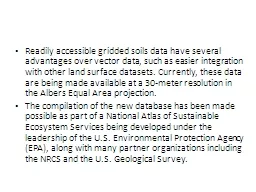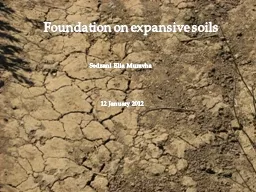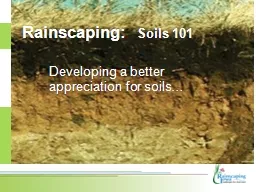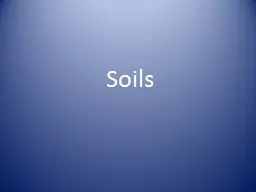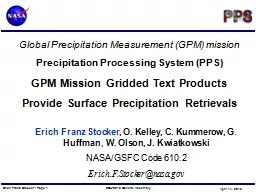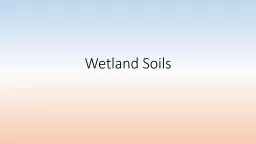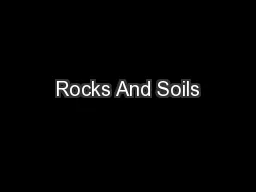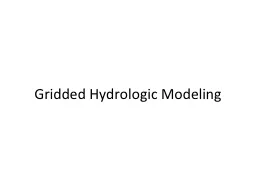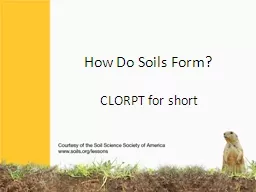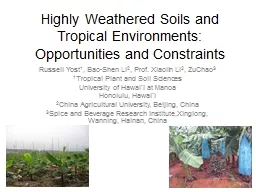PPT-Readily accessible gridded soils data have several advantag
Author : karlyn-bohler | Published Date : 2016-04-30
The compilation of the new database has been made possible as part of a National Atlas of Sustainable Ecosystem Services being developed under the leadership of
Presentation Embed Code
Download Presentation
Download Presentation The PPT/PDF document "Readily accessible gridded soils data ha..." is the property of its rightful owner. Permission is granted to download and print the materials on this website for personal, non-commercial use only, and to display it on your personal computer provided you do not modify the materials and that you retain all copyright notices contained in the materials. By downloading content from our website, you accept the terms of this agreement.
Readily accessible gridded soils data have several advantag: Transcript
Download Rules Of Document
"Readily accessible gridded soils data have several advantag"The content belongs to its owner. You may download and print it for personal use, without modification, and keep all copyright notices. By downloading, you agree to these terms.
Related Documents

